Those acrylic nails you got a few weeks ago are starting to crack, and you’re ready to say goodbye to them. You’re too busy to book a nail salon appointment to get them removed anytime soon, though, so you decide to take matters into your own hands. How hard can it be?
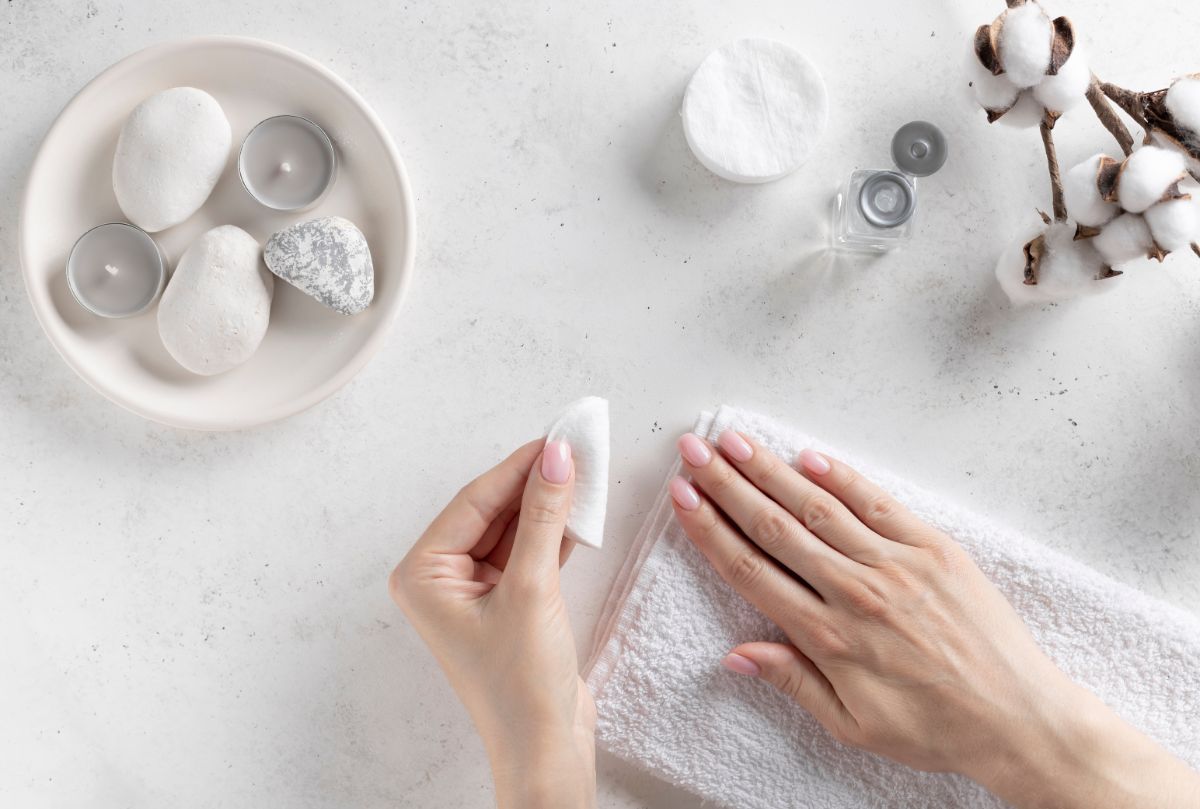
You remember that your nail technician always uses warm acetone to soften your acrylics. So, without thinking much of it, you pour some acetone into a bowl, place it in the microwave, and...
Pause! If you hit that Start button, you could end up like Debra Greenwood, a nail tech who suffered severe burns across 15% of her body after the acetone she was heating up in the microwave exploded into flames.
Jump to:
What Is Acetone?
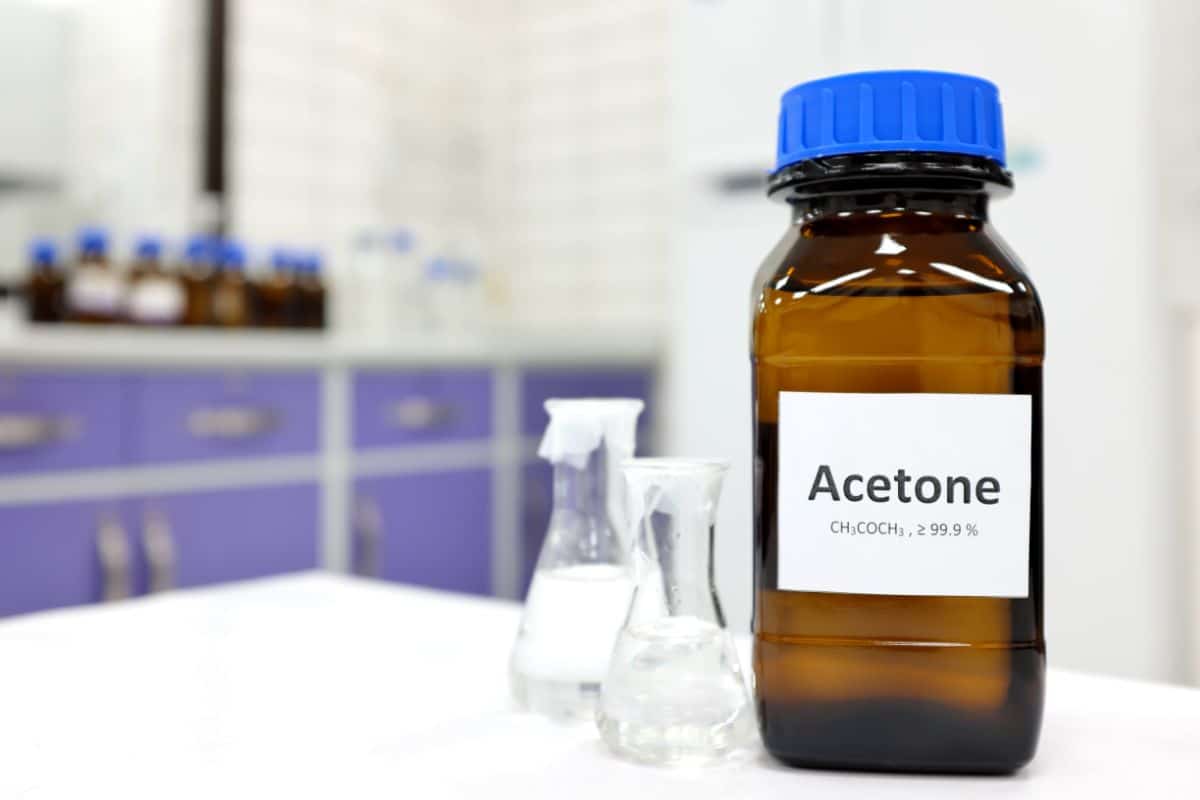
Acetone, a sweet-smelling, colorless organic solvent, is also known as 2-propanone, dimethyl ketone, and beta-keto propane. We’re not talking about the no-pesticides kind of “organic” here—in chemistry, “organic” refers to carbon-based substances. “Solvent” means that acetone dissolves other substances, including your acrylic nails.
Acetone has myriad uses outside of nail salons. For example, you may have used pure acetone as a varnish remover or paint thinner in a home improvement project. It’s also essential for the manufacture of a wide range of products that include artificial fabrics and pharmaceuticals.
Fun fact: even your body makes and uses small amounts of acetone! When you burn body fat, your liver works to break down the fatty acids, turning them into chemicals called ketones that you can then use for energy. Acetone is—you guessed it—one of those ketones!
Heating Acetone To Remove Acrylic Nails
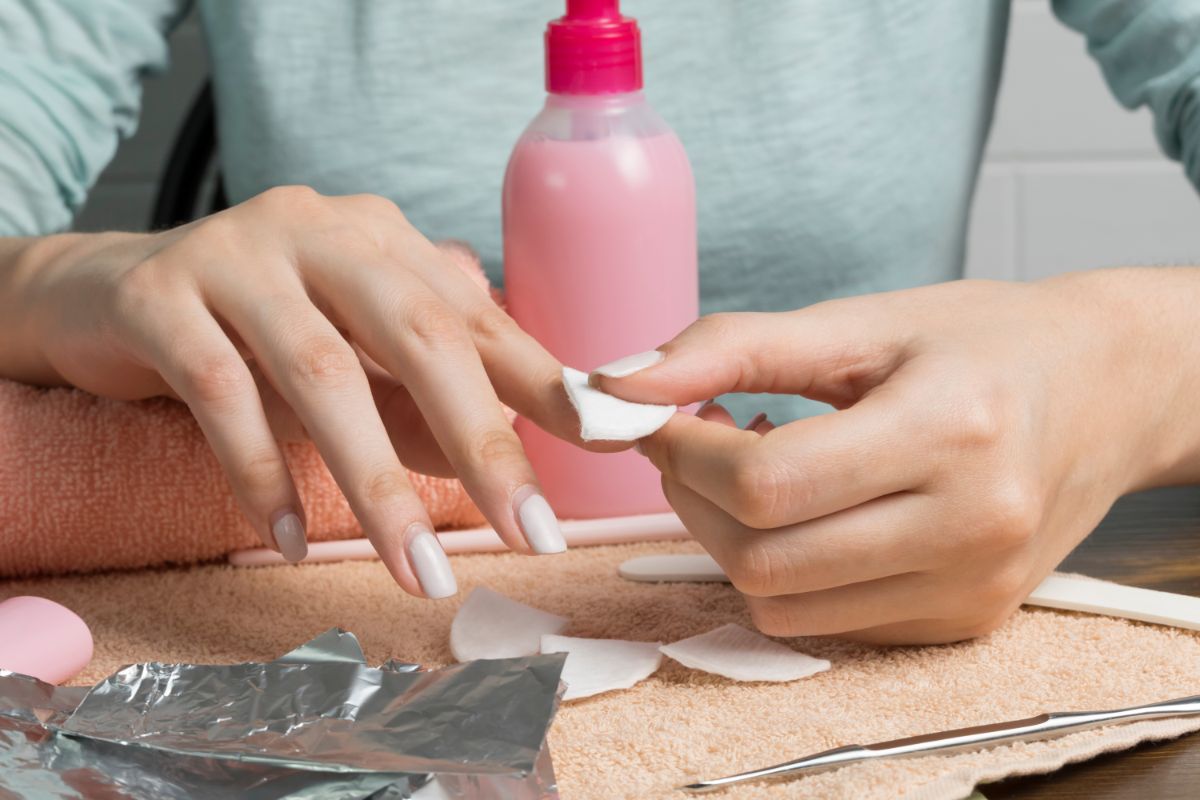
So, can you heat up acetone in the microwave to help remove your acrylic nails? Unfortunately, acetone is highly flammable, and microwaving it can easily lead to serious injury or death.
When acetone heats up in the microwave, it evaporates quickly, creating a mist of vapor that builds up behind the microwave’s door. As the microwave runs, it naturally emits sparks, and sparks plus flammable vapor equals your kitchen on fire—and maybe you with it.
Luckily, there are other ways to heat acetone, and they don’t require you to risk life and limb. Read on for our hot tips!
Acetone Safety Tips
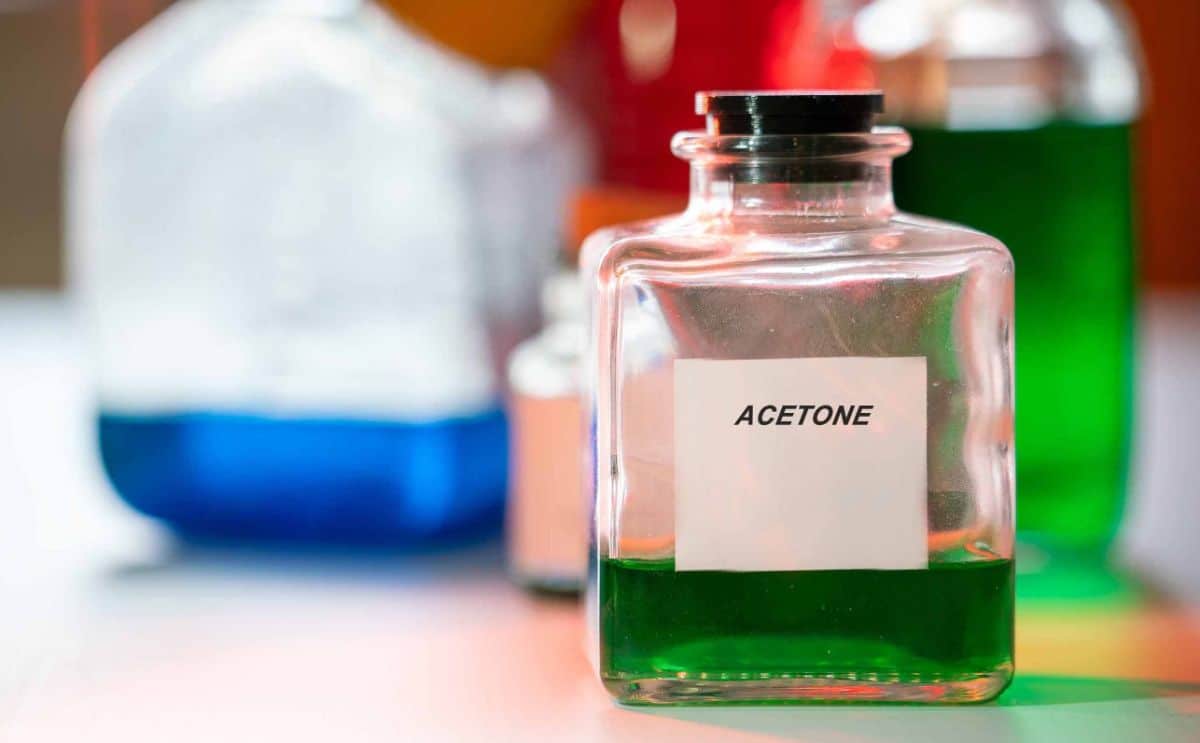
While acetone can be amazingly useful, it can also be dangerous if misused. That’s why you need to familiarize yourself with any safety labels or directions printed on your bottle of acetone before you crack it open.
Any advice we give here can’t take the place of a safety label. Still, here are some general tips to remember during your home nail salon adventures:
- Acetone fumes are hazardous to inhale, in addition to being flammable; make sure only to use this solvent in a well-ventilated space.
- Never mix acetone with other chemicals.
- Store acetone away from direct sunlight and other heat sources. Keep it in its original container, with the lid tightly closed.
- Wash your hands immediately after using acetone.
- If you get any acetone in your eyes, flush them thoroughly with lukewarm water for 15-20 minutes. Don’t try to remove any contact lenses you might be wearing until after you’re done.
- You probably don’t need to be told this, but never ingest acetone! We promise it doesn’t taste good.
- Avoid prolonged skin contact with acetone, which can cause dryness and irritation. Don’t soak your nails for longer than it takes to get your acrylics off. You can speed up the process by first using a nail buffer on your acrylics to remove the top layer of polish, which will help the acetone soak in faster.
For more information, consult your product’s safety label, or refer to a safety data sheet like this one.
If you’re concerned about an incident of potentially hazardous exposure to acetone, please contact your local poison control center.
How to Heat Acetone Safely
There are several methods for heating acetone that are much safer than using a microwave:
- For this first method, you’ll need a glass jar with a lid and a large bowl filled with warm (not hot) water. Fill the glass jar with as much acetone as you need for your nails. Screw the cap on just tight enough to prevent water from getting in, but keep it slightly loose. Next, place the jar in the water, letting it sit until the acetone is warm.
- Another method uses the warmth of your body to do the job. Get some aluminum foil and cotton balls or pads. Soak the cotton in the acetone, place it on your acrylic nail, and wrap it in aluminum foil to keep it in place and retain body heat.
- You can also try running the acetone bottle under warm (again, not hot!) water for just a few minutes.
You may have read online guides suggesting warming acetone by floating a plastic baggie full of the solvent in warm water. However, following these instructions could lead to messy results; acetone dissolves many plastics, including polyethylene, the plastic usually used for sandwich baggies!
What Kind of Bowl Can I Put Acetone In?
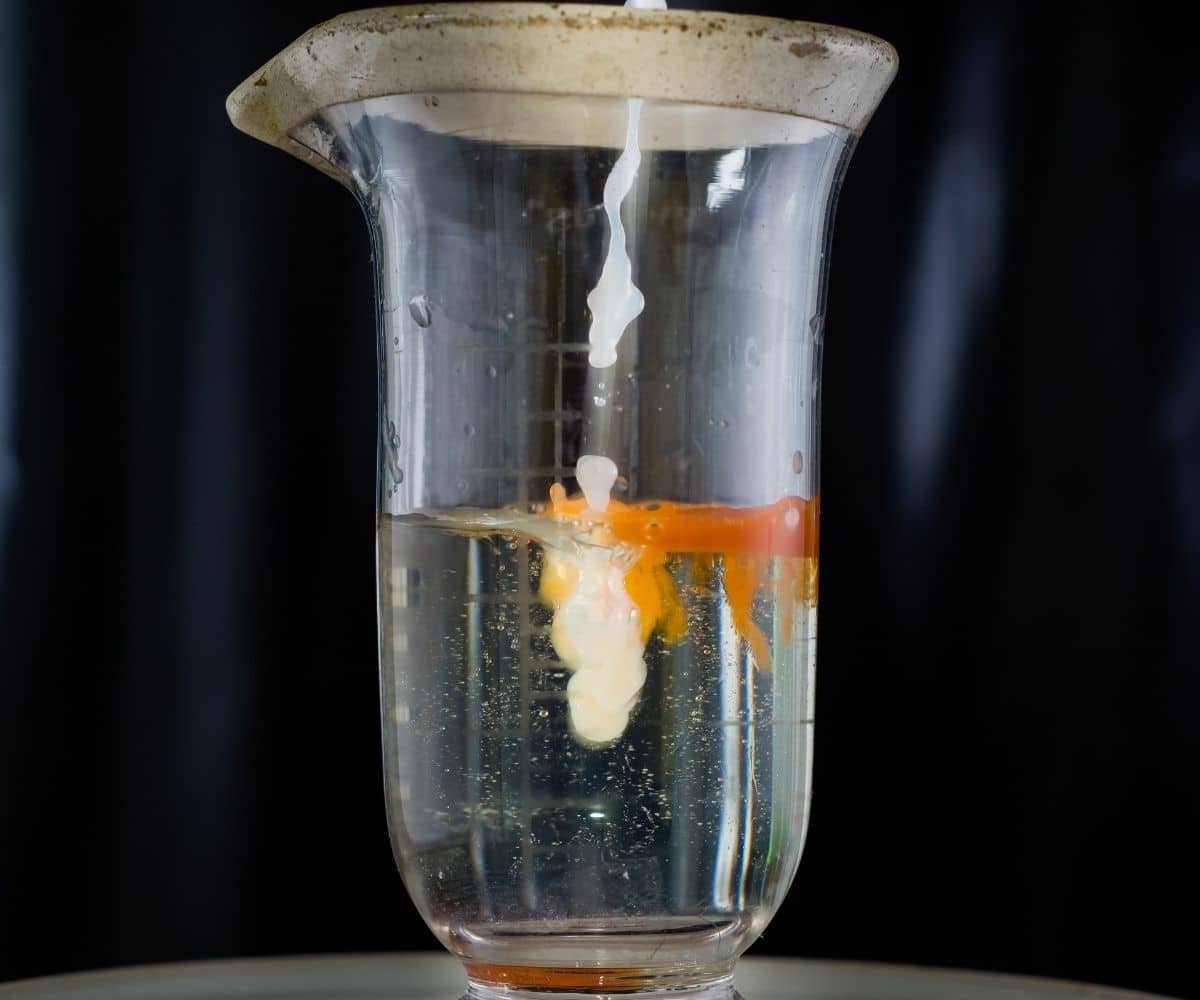
You’ll need a container to pour the acetone in so you can soak your nails, but what kind? Acetone dissolves most plastics, so the old takeout container in your cupboard might not cut it. Instead, we recommend using a glass or aluminum bowl, as acetone doesn’t affect these materials.
Look for polypropylene if you have your heart set on using a plastic container, look for polypropylene. Many cheap plastic dinnerware and storage containers are made of this plastic, so you can buy a dedicated container for your acetone bath without breaking the bank.
Also, just to be safe, don’t use the bowl you poured acetone in for cooking or eating. Instead, make sure you’ve cleaned and dried it thoroughly, and then store it for the next time your nails need a soak.
Can You Microwave Nail Polish?
As with acetone, you should keep nail polish away from all heat sources—microwaves included. Nail polish often contains acetone or other highly flammable chemicals like nitrocellulose, ethyl acetate, and butyl acetate.
Conclusion
So, can you heat up acetone in the microwave? You shouldn’t heat acetone in the microwave as it is flammable and could be dangerous. Instead, you can use any of our safe alternatives to heat the acetone when needed. We hope we’ve provided enough information to convince you not to microwave acetone! We wish you the best in all your nail-related endeavors.




